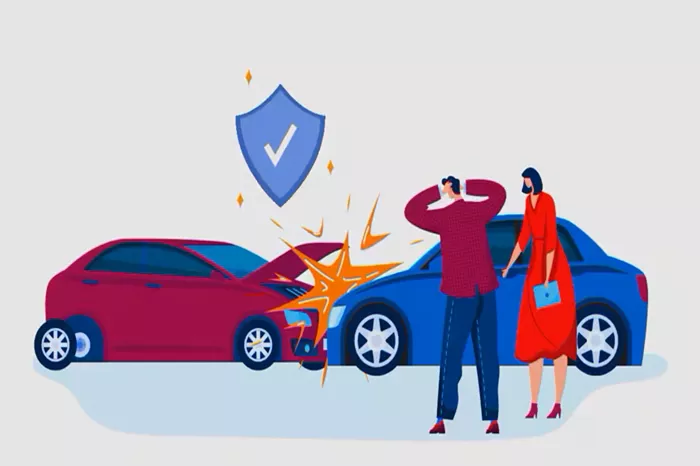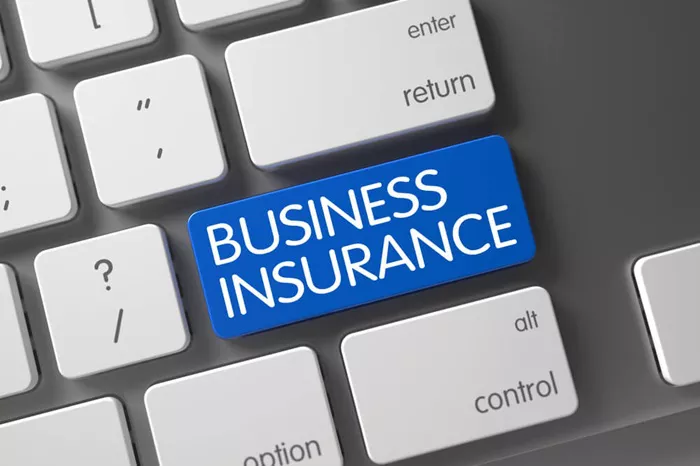Vintage RVs hold a special place in many people’s hearts. They remind us of simpler times, family road trips, and the charm of retro design. From shiny aluminum Airstreams to bold-colored campers from the 60s and 70s, vintage RVs are not just vehicles—they’re pieces of history. Some are restored to perfection, while others are carefully maintained in their original condition.
Owning a vintage RV is a dream for many. But owning one also comes with responsibilities. One of the most important responsibilities is having the right insurance. Unlike regular RVs, vintage models need special care when it comes to protection. That’s where vintage RV insurance comes in.
Is vintage RV insurance worth the extra protection? In this article, we’ll explore what vintage RV insurance is, how it works, what it covers, and why you might need it. We’ll also look at how it’s different from standard RV insurance and how to get the best protection for your classic ride.
What Is Vintage RV Insurance?
Vintage RV insurance is designed for older recreational vehicles that are typically 20 years old or more. These vehicles often have unique parts, custom features, or historic value. Because of this, they can’t always be insured like regular, modern RVs.
Standard RV insurance often relies on the vehicle’s current market value. But that doesn’t always work for vintage RVs. Why? Because their true value might be much higher than what a regular insurance company thinks. A lovingly restored 1971 Airstream may be worth far more than the average book value. Vintage RV insurance takes that into account.
This type of insurance is more like classic car insurance. It focuses on agreed value coverage, specialty repairs, and protection for things that matter to collectors and enthusiasts.
Who Needs Vintage RV Insurance?
Not every old RV needs vintage insurance. But if your RV is at least 20 years old and has collectible value, you might want to consider it. Here are some signs that vintage insurance may be the right fit for you:
Your RV is rare, restored, or has historic value.
You’ve spent a lot of time or money restoring it.
You take your RV to shows or rallies.
You don’t drive it every day—only for travel or fun.
You want to make sure you’re paid the full value if it’s lost or damaged.
Some insurers may require the RV to be in good or excellent condition to qualify for vintage insurance. Others may have rules about how often it can be used or stored. But if your RV fits the category, vintage insurance could give you peace of mind.
What Does Vintage RV Insurance Cover?
Just like standard RV insurance, vintage coverage can protect against many types of damage and loss. But it also includes extra options that matter more to classic RV owners. Here’s what’s usually included:
Agreed Value Coverage
This is one of the biggest benefits. With agreed value coverage, you and the insurer agree on the value of your RV ahead of time. If the RV is stolen or totaled, you get that full amount—no depreciation.
This is especially helpful for vintage RVs, since their value might not show up in a price guide. If you’ve restored your camper and it’s worth $40,000, the agreed value can reflect that.
Comprehensive and Collision Coverage
These help pay for repairs if your RV is damaged in an accident, by weather, or by something like fire, vandalism, or theft. This is basic, but very important.
Liability Coverage
This pays for injuries or damage you cause to other people or their property while driving your RV. Most states require some form of liability coverage.
Personal Belongings
Your vintage RV might be full of custom or original features. Personal property coverage protects things like electronics, kitchen items, bedding, or furniture that you keep inside the RV.
Emergency Expenses
If your RV breaks down or is damaged far from home, this can help cover lodging and food costs while you wait for repairs.
Roadside Assistance
Older RVs may be more likely to break down. Roadside assistance can cover towing, fuel delivery, jump-starts, and lockouts. Some plans even offer RV-specific help, like towing to the right kind of repair shop.
Specialized Repairs and Parts
Vintage RV insurance may allow repairs to be done by specialty shops or restoration experts. It may also cover rare or hard-to-find parts that regular policies wouldn’t.
Storage Protection
Some policies offer reduced rates or special coverage while your RV is in storage. This is great for seasonal or show-only vehicles.
How Is Vintage RV Insurance Different From Standard RV Coverage?
There are a few key differences between vintage and standard RV insurance:
Value: Standard policies pay based on actual cash value, which includes depreciation. Vintage policies can offer agreed value, which doesn’t go down over time.
Usage: Standard RV insurance is meant for frequent use. Vintage policies may have mileage limits or use restrictions to reflect occasional travel or show use.
Repair Options: Vintage insurance allows more freedom in choosing repair shops or restoration services. Regular RV insurance may not.
Premiums: Vintage RV insurance can be cheaper than standard policies—if the RV is only used occasionally and kept in good condition.
Eligibility: Not all older RVs qualify for vintage insurance. The RV must usually be in good condition and used only for limited travel.
How Do You Get Vintage RV Insurance?
Getting vintage RV insurance starts with finding the right company. Not all insurers offer this type of policy. Some specialize in classic vehicles, and others include vintage RVs in their offerings.
Here’s a step-by-step guide:
Find Insurers That Offer Vintage Coverage
Look for companies that understand the needs of classic RV owners. These may include specialty insurers or companies with classic car divisions.
Gather Details About Your RV
Be ready to provide the make, model, year, and current condition. Photos and appraisals can help support the value.
Get an Appraisal (If Needed)
Some insurers may ask for a professional appraisal to determine the agreed value. This shows what your RV is worth based on condition, restoration, and market demand.
Discuss Usage and Storage
Be clear about how often you use the RV and where it’s kept when not in use. This affects your rate and eligibility.
Choose the Coverage You Need
Decide on limits for liability, personal property, roadside help, and more. Be honest about what you want and what you can afford.
Review the Policy Before You Buy
Read the fine print. Make sure it includes the agreed value, covers restoration work, and offers flexibility for repairs.
What Factors Affect the Cost?
The price of vintage RV insurance depends on many things, including:
The agreed value of the RV
Your driving record
How often you use the RV
Where the RV is stored
Whether the RV is towed or driven
Security features (alarms, GPS tracking)
Bundling with other insurance (like auto or home)
Vintage RV insurance may be less expensive than you think, especially if the RV isn’t used often. Premiums could range from a few hundred dollars to over a thousand per year, depending on the coverage level.
Common Mistakes to Avoid
If you’re shopping for vintage RV insurance, try to avoid these mistakes:
Underinsuring the RV: Don’t rely on book value. Make sure the policy reflects what your RV is actually worth.
Skipping the Fine Print: Some policies don’t cover restoration or use specific parts. Always read the policy terms.
Not Asking About Repair Shops: Find out if you can use your preferred mechanic or restoration expert.
Forgetting the Extras: If you have rare accessories or custom items, be sure they’re listed in the policy.
Not Updating the Policy: If you upgrade or improve your RV, let your insurer know. The value may go up.
Why Vintage RV Insurance Brings Peace of Mind
Restoring and owning a vintage RV is a labor of love. You spend time, effort, and money bringing your camper back to life. You go to shows, meet other vintage fans, and enjoy the open road in a way few others can.
But without the right insurance, all of that can be lost in an instant.
Whether it’s a hailstorm, a collision, or a break-in, unexpected things can happen. Vintage RV insurance helps you protect your investment and your memories. It’s not just about replacing a damaged bumper—it’s about keeping a piece of history on the road for years to come.
With agreed value coverage, flexible repairs, and specialized protection, this type of insurance is tailored to your needs.
Conclusion
If you own a vintage RV, regular insurance may not be enough. You need coverage that understands the value of your classic camper—both in dollars and in meaning.
Vintage RV insurance offers the peace of mind that your hard work and passion are protected. Whether you travel across the country or just drive to local shows, the right insurance helps you enjoy the journey.
Related topic:
Is American Modern RV Insurance the Right Pick for You?
What Makes Miller RV Insurance a Good Choice?
What Is American General RV Insurance and How Does It Protect You?






















